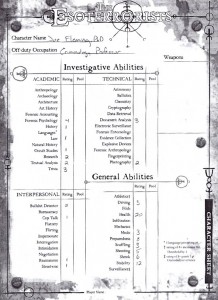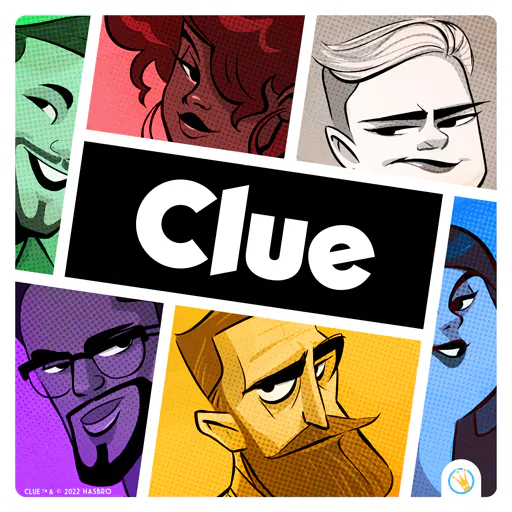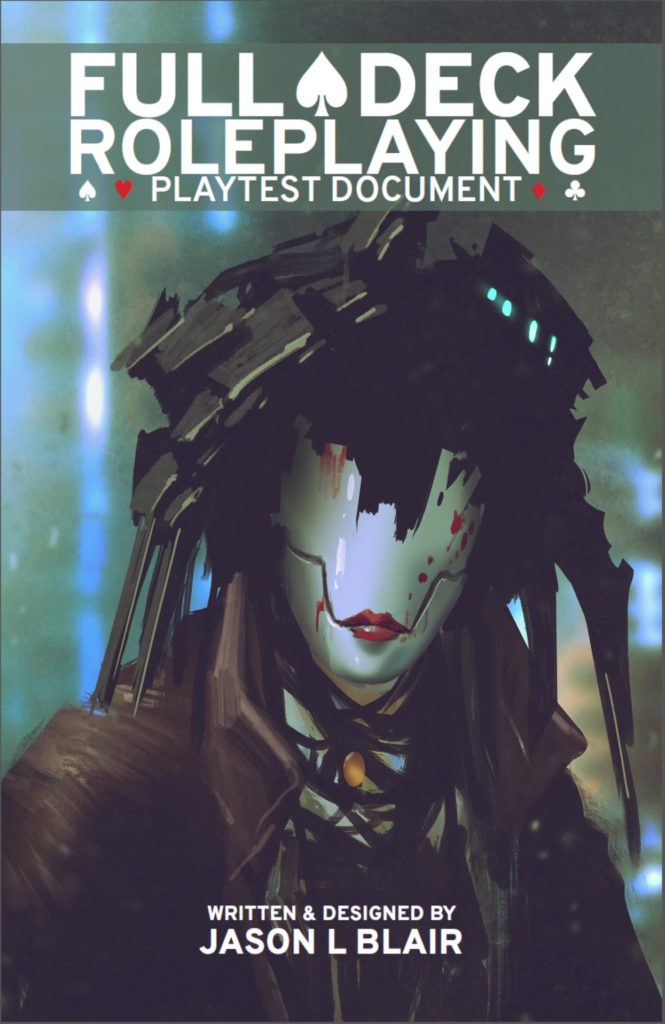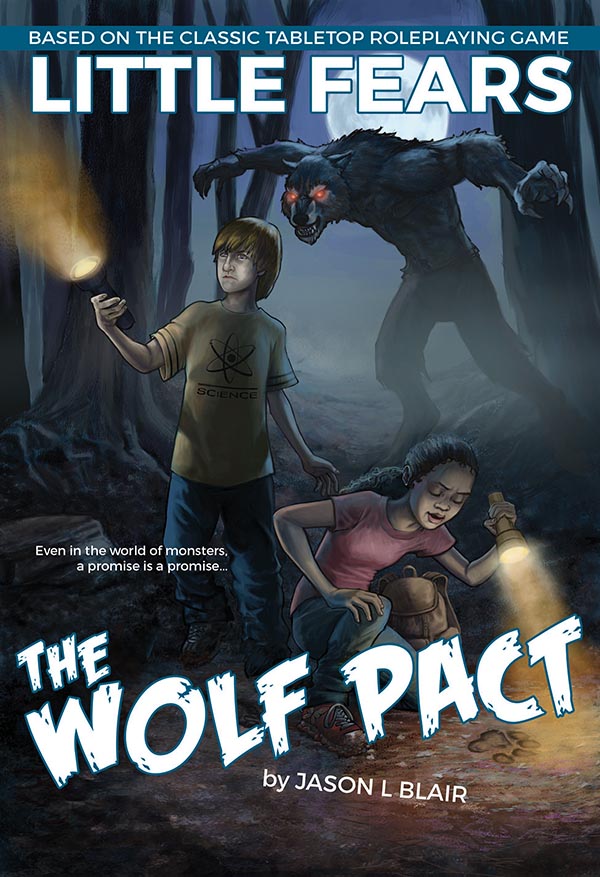Character Collection: The Esoterrorists
character collection, rpg March 28th, 2010This new feature is getting a late start as I’ve been sidelined by illness these past few days.
For this almost-inaugural edition of Character Collection, I’ve chose a game I recently acquired (and spoke about some previously): The Esoterrorists. Let’s get to it.
Game: The Esoterrorists
Publisher: Pelgrane Press
System: GUMSHOE
Books Needed: Just the main book.
The Esoterrorists is a game about normal people with regular jobs who also fight back against the machinations of the titular network of reality-hating ne’er-do-wells. The Esoterrorists get their name from being terrorists, yes, but they’re esoteric. Estoeric terrorists. Eso-terrorists. Esoterrorists. See? Huh? HUH? C’mon, it’s clever.
I’ve read the main book so I have passing familiarity with the concept and system. GUMSHOE was also one of the systems I strongly considered for Little Fears Nightmare Edition though focused more on using elements from other GUMSHOE titles (namely Fear Itself). That’s the thing about GUMSHOE: There are repeated elements and systems throughout the games I’ve read but the implementation of the system changes. GUMSHOE is designed as an emulation engine, especially procedural crime fiction. It’s interesting to see and I’m sure I’ll touch back on it as I do more of these character collection write-ups.
Characters are all members of an organization called Ordo Veritatis, a loose knit who acts as the force of good against the Esoterrorist’s force of not-good. The first I have to come up with is how my character attracted this group’s attention.
I decide my character, Joe Fleming PhD, is a criminology professor at some local university. (I’ll leave that vague so I can drop him into an established location if I ever play this character in a real game.) He is an adherent to “strain theory” wherein culture and the dreams and expectations thereof are considered a prime motivator to commit criminal acts. I know this because I just looked up “criminology” and that particular theory stood out.
Joe’s brother, Michael, a local detective, was called to a pretty freaky crime scene some months back. It was a murder, looked ritualistic, with lots of strange references to pop culture (a Barbie head positioned next to the victim’s head, a freshly-poured bowl of Wheaties next to a severed hand, an adult film was spinning on the television, etc). Michael consulted with Joe about it, off the record, and he was able to provide some pretty keen insight into personality of the criminal (unrealistic standards of beauty, athletic perfectionism, “love prowess”) that clued into a person who was extremely dissatisfied with how he compared to what had likely become his own expectations, even though they are inherited from his culture.
After perusing through some suspect files, Joe came up with the three most likely offenders. He was allowed to watch through the one-way mirror as the three were interrogated. Joe said, in his opinion, that #2 was the one he’d pick. If, y’know, he was a criminal profiler, which he isn’t. He is, as Joe will tell anyone, just really good at playing real-life Clue.
Well, it turns out Joe was right. Further inspection of the suspect’s premises revealed photographs from the crime scene as well as a list of other potential victims. Joe insisted this was luck. “Anyone can hit a home run, Mike. That doesn’t make you Babe Ruth.”
But then more and more strange murders started popping up. And each time Joe would consult. Out of the four cases, Joe was right four out of four times. While all are still awaiting trial, the evidence is pretty strong.
After the fifth case, Joe met his brother for drinks one night where the younger sibling revealed that he worked for the Ordo Veritatis. And Michael had been asked by this superiors to bring Joe into the fold. After a few modest attempts at refusal, Joe finally relented. After all, maybe he did have a knack for picking out kooks.
Alright, concept down, let’s make with the numbers.
Characters are bought with points and the number of points is determined by average group size. Thinking of the most likely group I’d play this with, I choose 3 players, which gives me 24 points to spend on Investigative Abilities.
There’s a fairly large list so I won’t get into all of them here (see the character sheet, if you’re curious). A very cool rule the game has is that your second highest skill rating must be at least half of your highest skill rating. This means you can’t dump a ton of points into a single skill because then you’ll have to dump quite a few into a second skill. That won’t leave you with many points left for a third, fourth, fifth skill and so on.
With a focus on Forensic Psychology, Trivia, Document Analysis, and the like, I spend my 24 points on some Investigative Abilities. Now I get 60 points to spend on General Abilities. This is a much smaller list but, with these, the dice are a resource I’ll use up. This includes stuff like physical well-being, mental stability, etc.
I put 20 in Health because I want to at least try to keep him alive. This means my second skill has to be at least 10. I put 12 in Stability because he’s been around bodies and crime scenes and doesn’t lose his cool around that stuff. That leaves me 28 points which I divvy up amongst some pretty good general-use skills. No one will mistake my guy for a medical doctor but a 3 in Medic is at least something if no one else is around.
The last thing to do is choose Weapons. I don’t reckon my guy will start with any–walking around campus with a gun is usually frowned upon by this superiors and Joe’s still looking to get tenure–so that’s a wrap!
In Sum
I’m happy with this character. There’s a chance I might get to play a session or two of The Esoterrorists and, group approving, I could definitely see using this guy.



